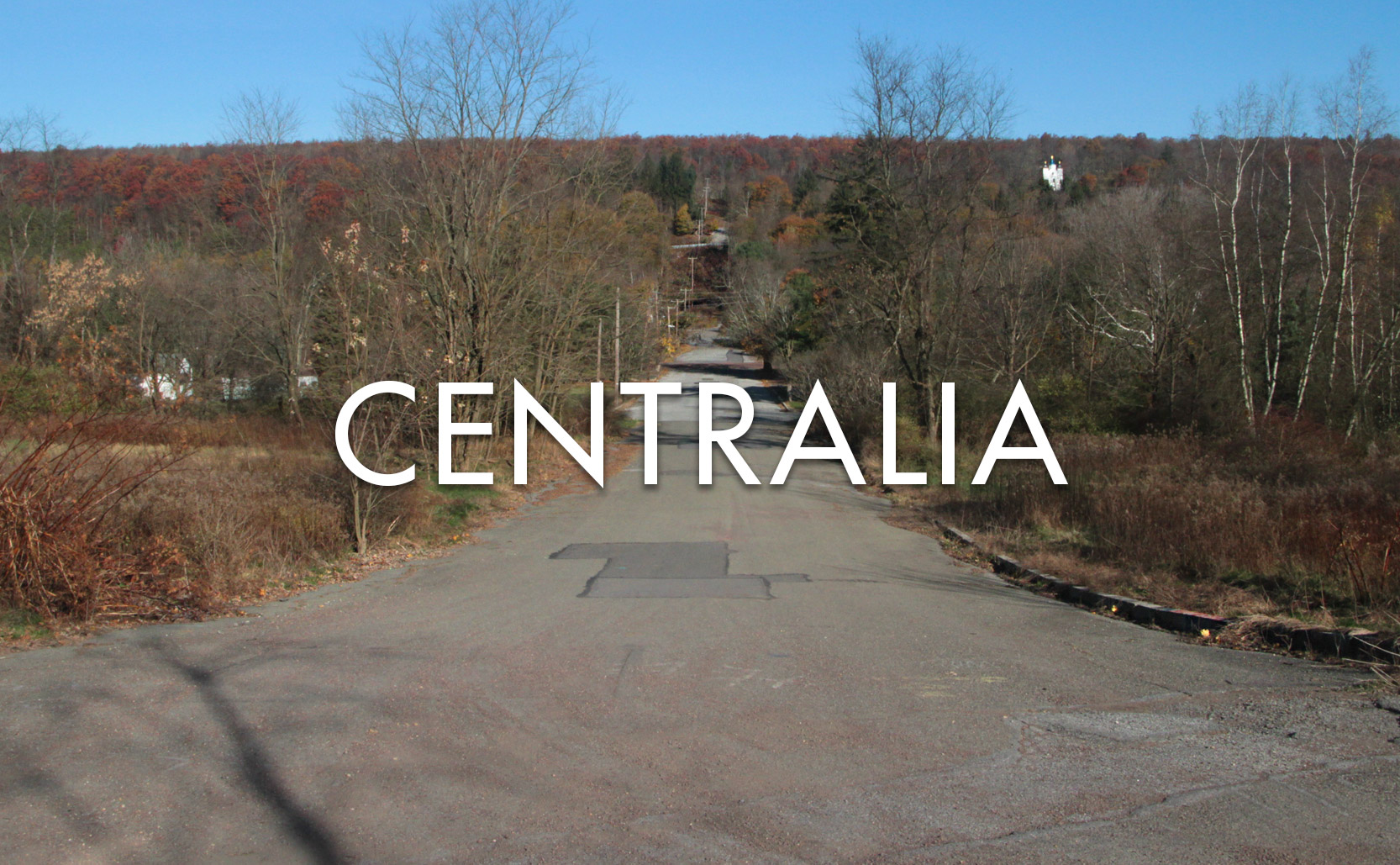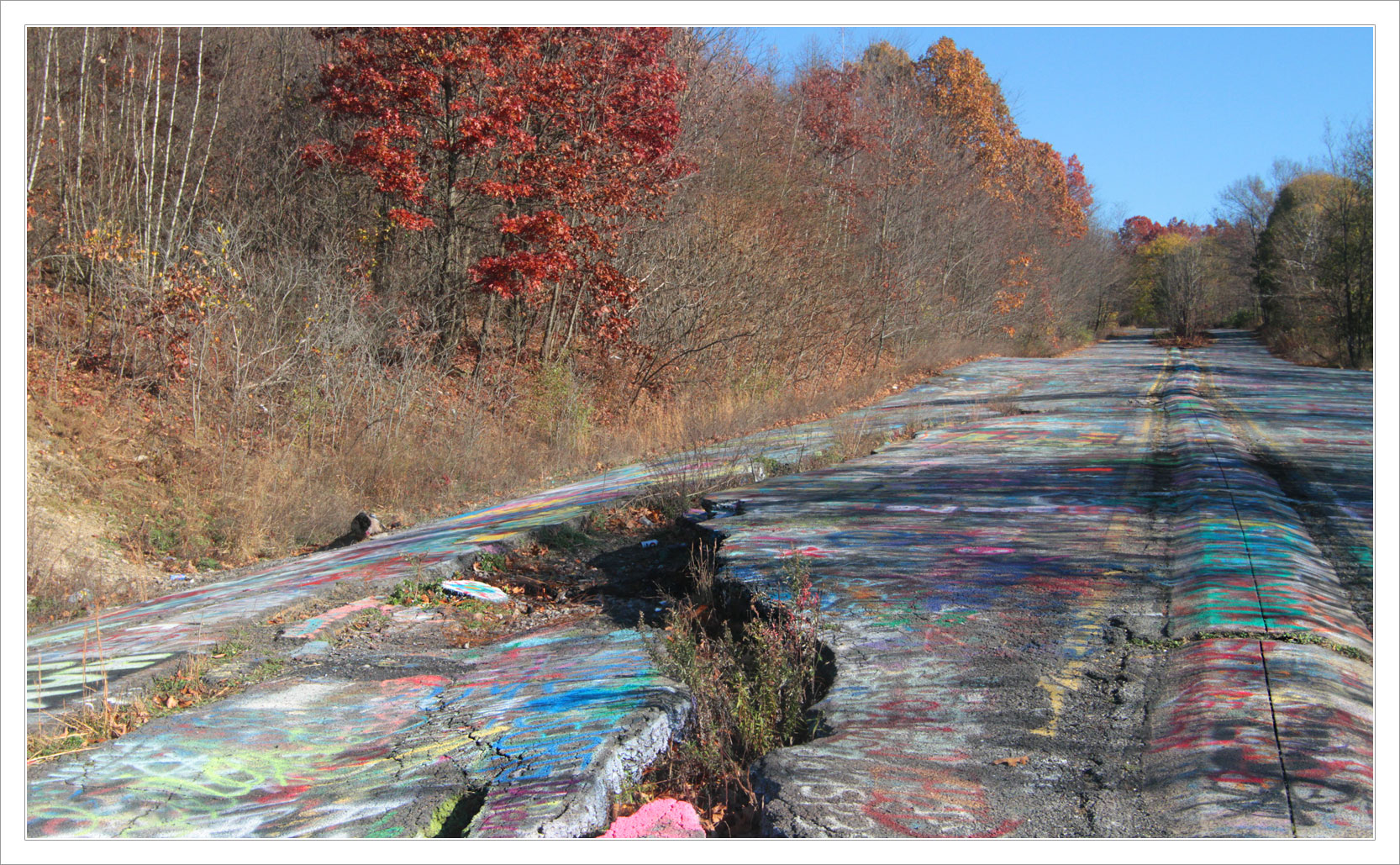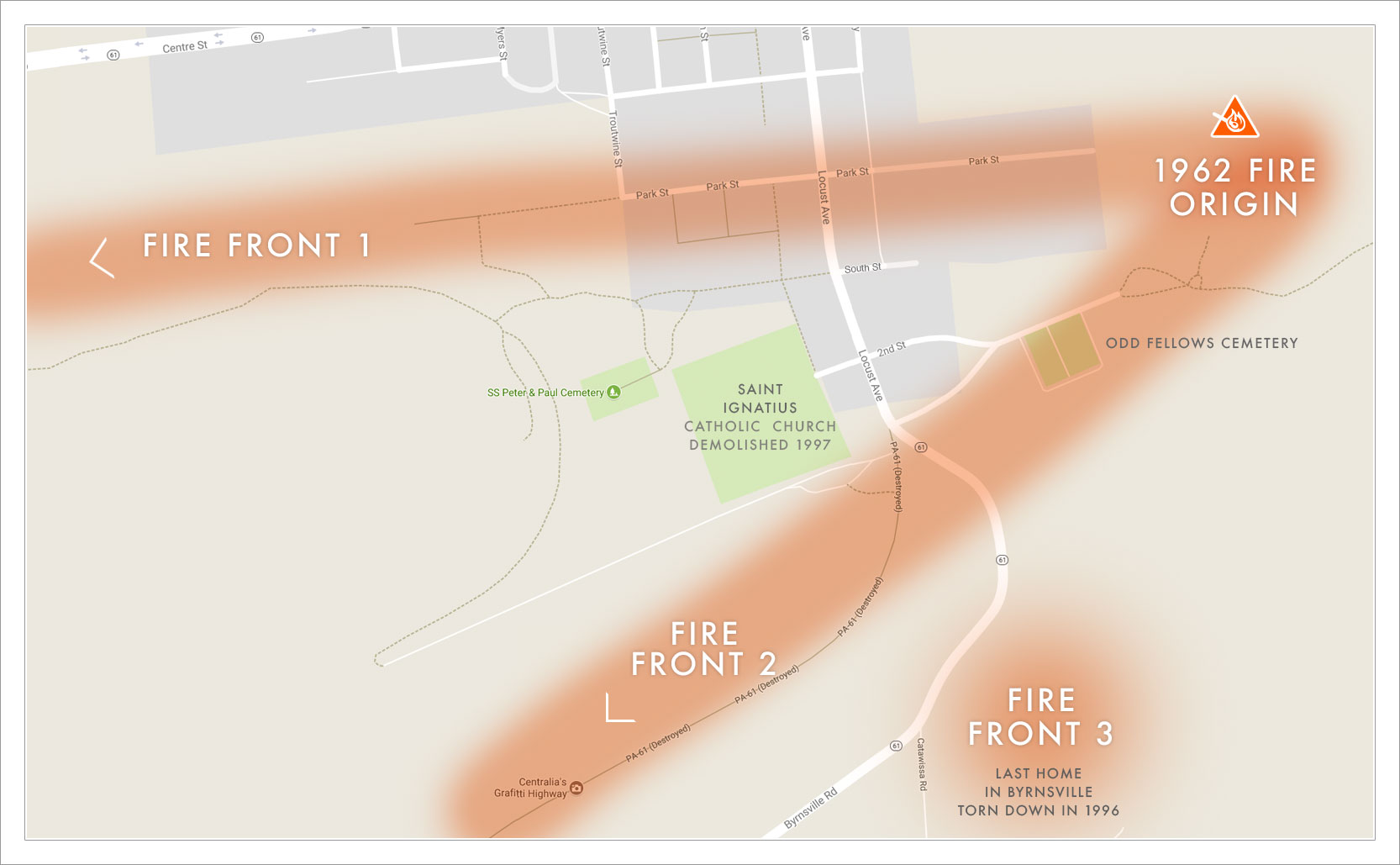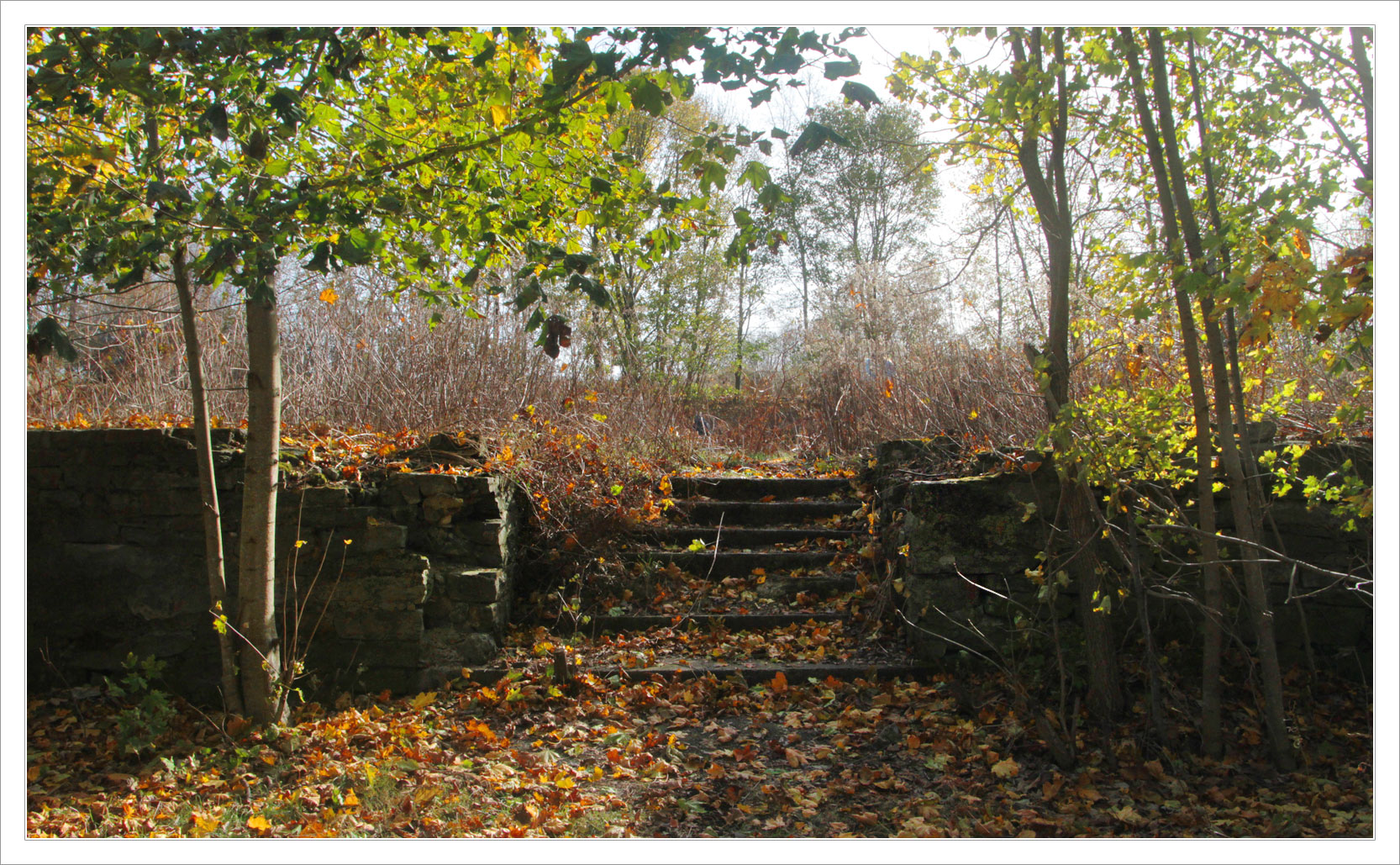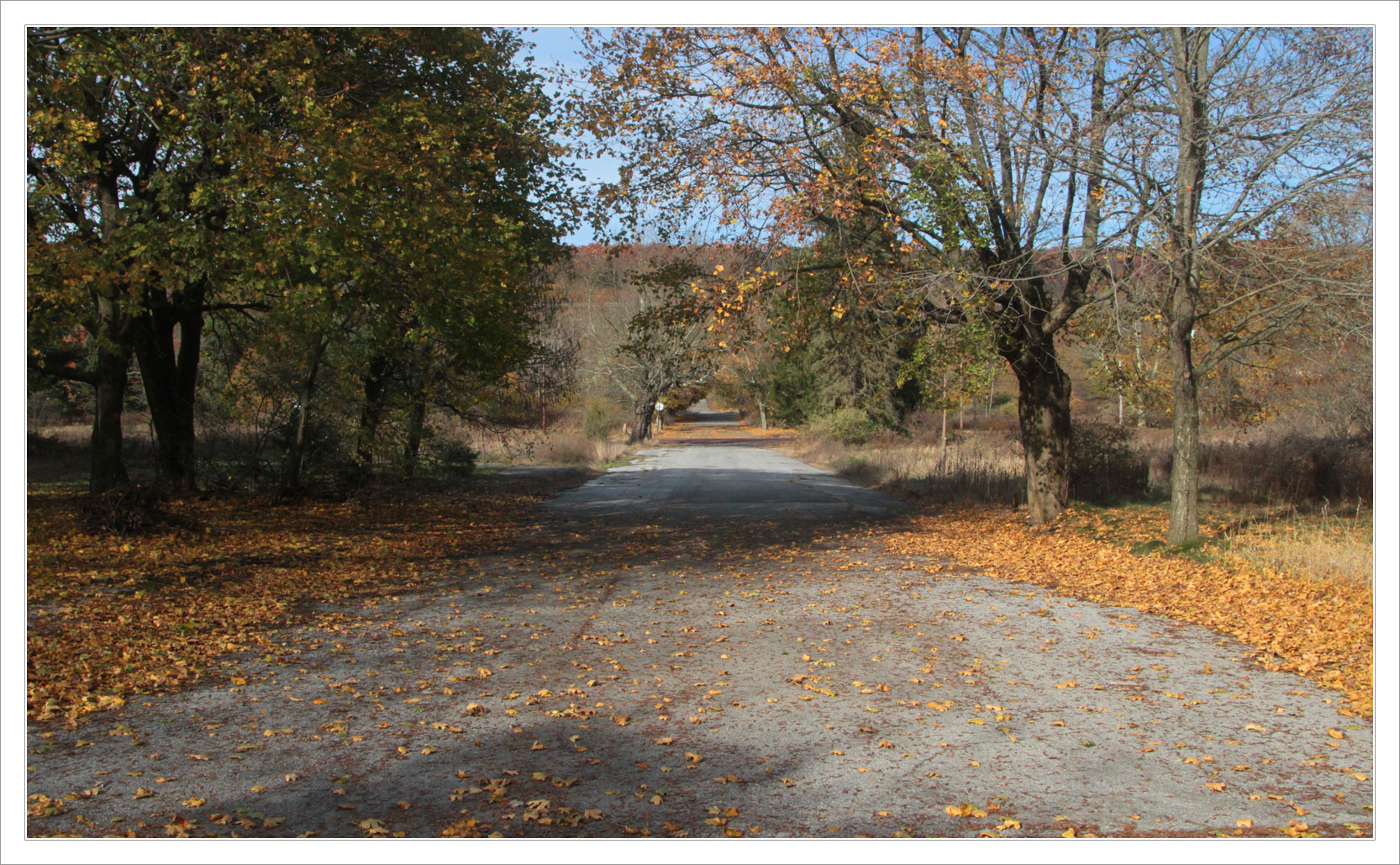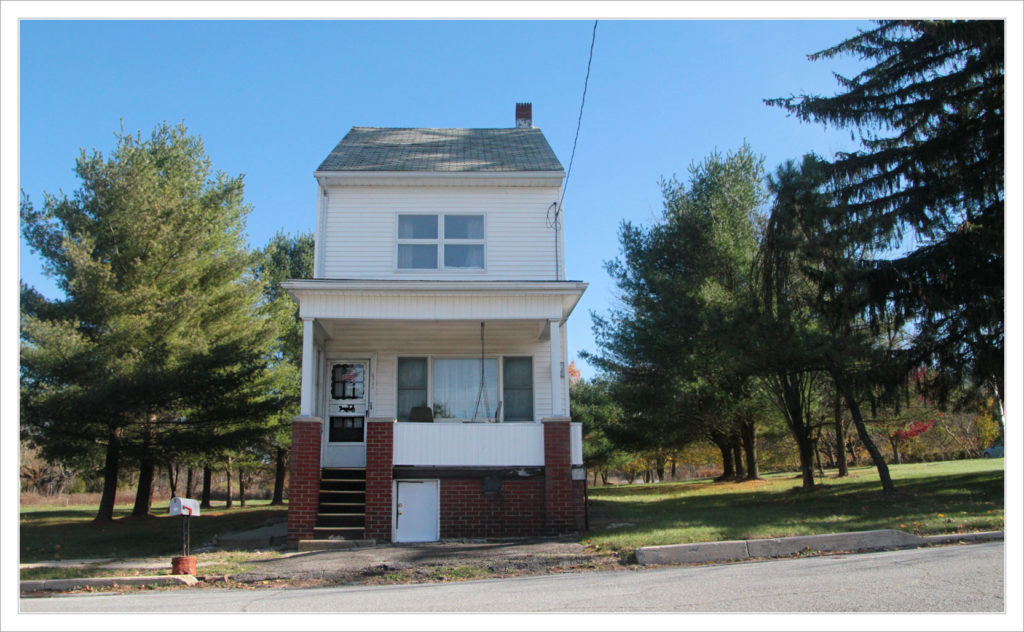the Molly Maguires
The American Irish secret society for labor rights that might not have actually existed.
Late 19th century Pennsylvania was a hotbed of coal mining. The northeastern part of the state was home to dozens of mines extracting anthracite coal (the region is still home to the largest concentrated anthracite deposit in the world). Anthracite coal had become the fuel of choice to heat homes as well as power the American Industrial Revolution. Extracting tens of millions of tons of coal was a dangerous, dirty, and demanding job which fell upon poor immigrants from Europe.
Among these recent immigrants were the Irish. Emigrating in large part to escape the famine of the mid-19th century many Irish settled in Pennsylvania. Trading one disaster for another, by the 1870s the Irish in the coal mines were risking their lives for poverty wages. The remote locations of many of these mines meant workers and their families were tethered to the mines and were rarely in a position to break the cycle of poverty. Children began their mining careers separating slate from coal as “breaker boys”, eventually graduating to working down in the mines.
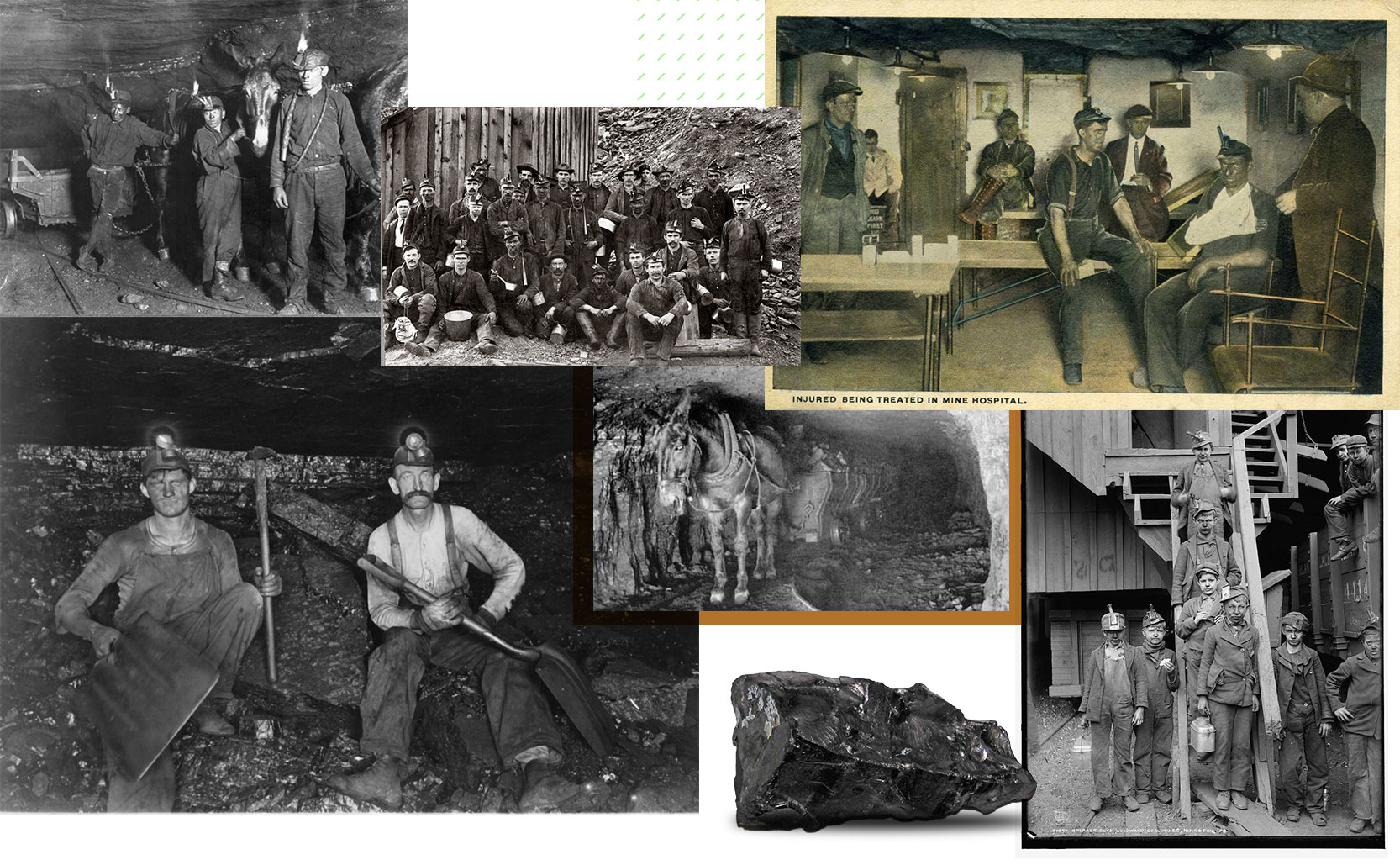
Deaths were common. In September of 1869 a fire at the Avondale Mine killed 110 coal miners. In Schuylkill County 566 miners were killed over a seven year period. The situation has been summarized as, “Wages were low, working conditions were atrocious, and deaths and serious injuries numbered in the hundreds each year.” The English & Welsh immigrants at the mines tended to be given management positions which frequently meant that the power struggles that had played out between the poor Irish and the English & Welsh landowners in Ireland were played out again in the coal mines of Pennsylvania.
the Molly Maguires
In this depression some of the Irish miners decided to fight back. One method was through organized labor strikes, but more famously they retaliated through violence. Between 1862 and 1875 fourteen mining officials were murdered. This gave rise to the conspiracy theory that, within the regional Ancient Order of Hibernians (AOH), was a militant group of Irishmen responsible for these organized killings. This group was called the Molly Maguires.
The Molly Maguires had been a secret society in Ireland who used threats & violence to settle disputes. Pennsylvania journalist Benjamin Bannan was the first to use the name Molly Maguires in association with the violence of the area. As the murders began the name Molly Maguires only became more infamous. That said, while the violence in coal country was real the Molly Maguires may not have been – there is no evidence that the Molly Maguires in America ever existed. Bannon pinned the violence on the Molly Maguires but he had no proof.
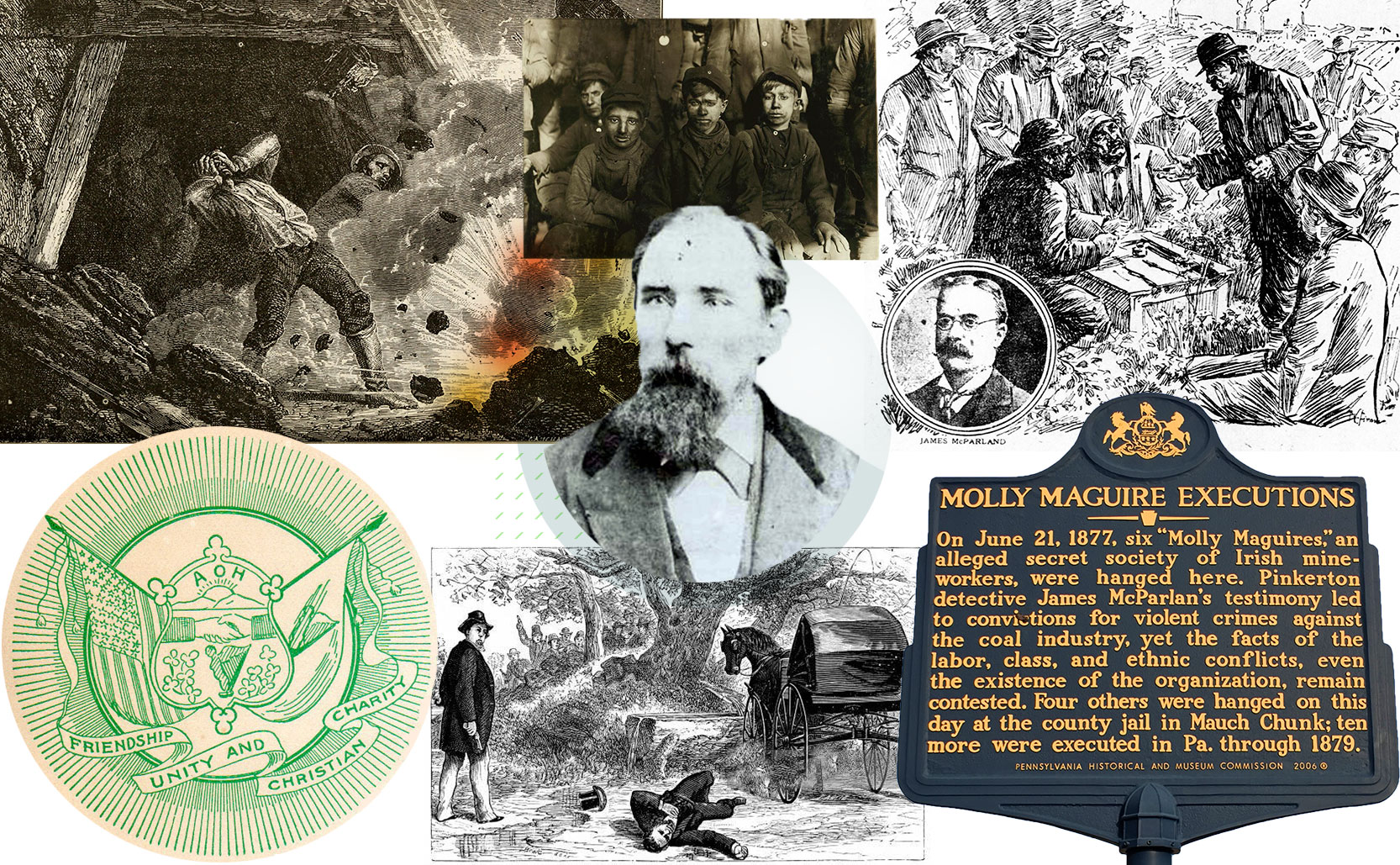
the Day of the Rope
Franklin Gowen, president of the Reading Railroad (which also owned dozens of mines), hired the Pinkerton Agency to infiltrate the Irish miners. The Pinkertons sent agent James McParland to go undercover and find any evidence of murder plots or other crimes. McParland worked for two and a half years undercover and his information was the primary evidence in the subsequent 1876-1877 trials of nearly 50 alleged Mollies. In a racist miscarriage of justice, the state of Pennsylvania turned over the investigation & prosecution of the alleged Irish criminals to the Reading Railroad company. Company president Gowen even served as one of the prosecutors. No Irish Catholics were chosen to be jurors, most jurors were Pennsylvania Dutch, some of whom didn’t speak English. There was very little evidence and the prosecution’s cases largely hung on establishing that the defendants were members of the AOH and the conspiracy theory that the AOH was a front for the unproven Molly Maguires.
By 1879, 20 alleged Molly Maguires had been found guilty and executed (all of whom were Irish Catholics) while 23 more had been sent to prison. Following these executions all supposed Molly Maguire activity ended, not because all of the guilty parties had been executed, but more likely from fear of retaliation by the mining companies.
Added info: of the executed, one particularly curious case is that of Alex Campbell. As legend has it, before being taken to the gallows he protested his innocence and placed his hand to the wall of his prison cell stating “There is proof of my words. That mark of mine will never be wiped out. It will remain forever to shame the county for hanging an innocent man.” The cell has been cleaned and painted many times, but the handprint can still be seen in his cell at Carbon County Jail in present day Jim Thorpe, PA.
Reading Railroad president and Molly Maguire prosecutor Franklin Gowen later died by gunshot to the head in 1889. Conspiracy theorists question if it was suicide or retaliation by the Molly Maguires.
One final item, the 1915 Sherlock Holmes story The Valley of Fear was inspired by the Molly Maguires. The story’s second half is about a mining town with a largely Irish fraternal organization which has a secret second organization fighting against the mine bosses on the behalf of union laborers. The story even has a Pinkerton agent infiltrating “the Scowrers.”



